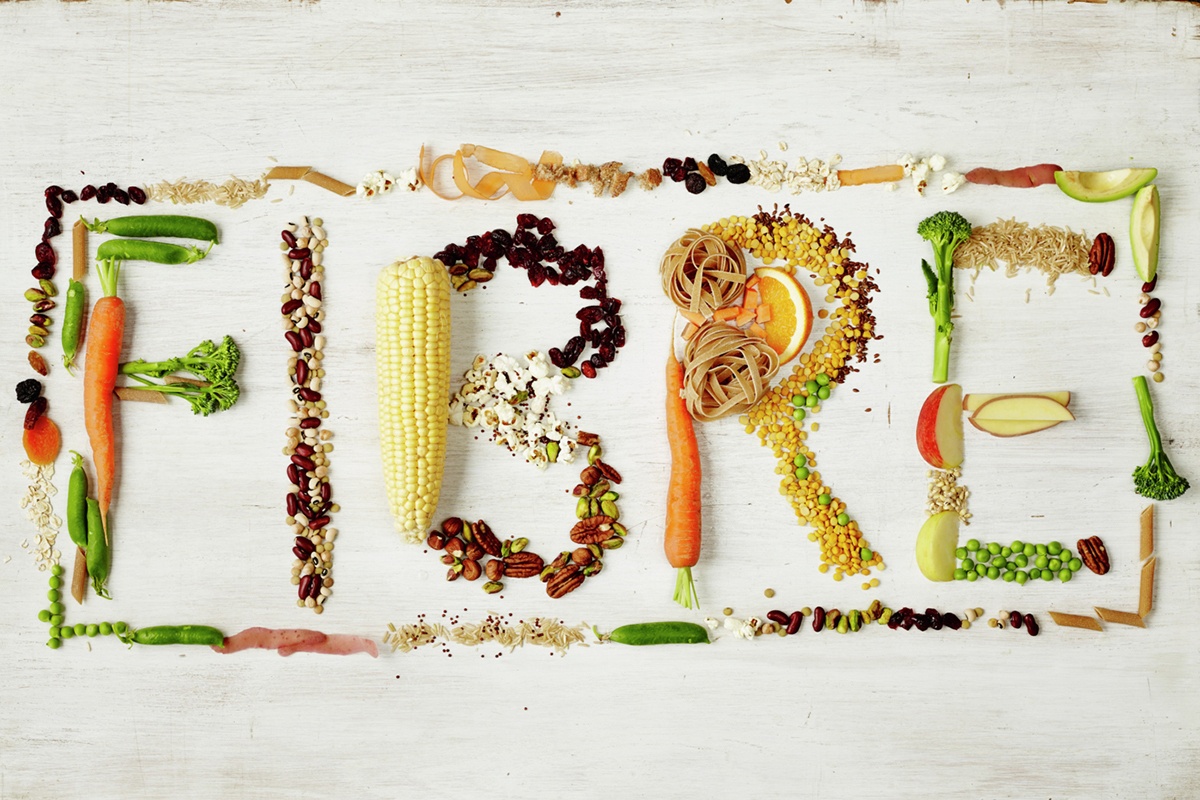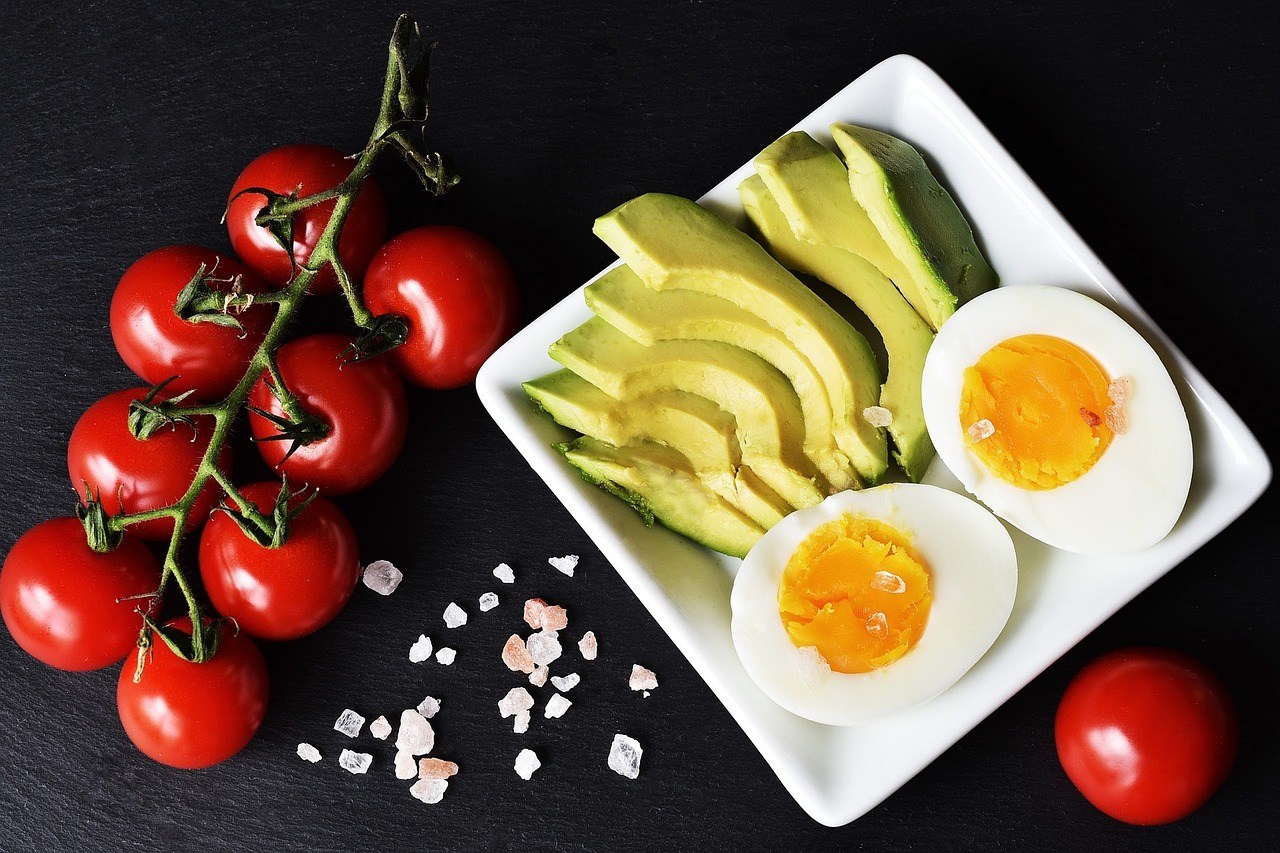Who doesn’t love a good joke about the ins and outs of the body? The good thing is, today’s topic is actually relevant to the joke – I’m talking all about fibre!
So what is fibre, apart from being a word on the cereal box? Fibre is a polysaccharide, which is a form of carbohydrate, and is indigestible to us. As a carbohydrate, it comes from plant-based foods, such as vegetables, fruits, legumes, beans and grains. Fibre passes through our body somewhat unharmed, being ingestible, which is overall good for our health and gut. There are three types of fibre, each with a different function and health benefits.
Soluble Fibre
Helps to slow the emptying of our stomach, helping us to feel fuller and avoid overeating. This type of fibre forms a gel in our gut via absorbing the water in our stomach, which helps manage our waste (we need to get comfortable talking about bowel movements!). Another positive is that it assists in lowering cholesterol and managing to stabilise blood sugar levels. This fibre is found in fruits, veg, oats and legumes (beans/lentils).
Insoluble Fibre
Helps to bulk up our waste and keep our movements regular– think of it like a broom, sweeping away food. It helps to keep us feeling full and generally keeps the bowel healthy. This form of fibre is found in the skins of fruits and vegetables, wholegrain breads and cereals, nuts, kidney beans and chickpeas.
Resistant Starch
Isn’t digested in the upper part of our guts like the other fibres and is moved straight to the large intestine. Here its role is to produce good bacteria and help in overall bowel health. Resistant starch is found predominately in undercooked pasta, under ripe bananas (that waxy feeling!), cooked and cooled potato and rice.
Why Do We Need It?
It’s just good for the gut. It keeps us regular, keeps us feeling fuller for longer, helps digestive health and can help to prevent some diseases. Need I say more? Probably, yes. Research has found that increasing fibre intake in our diet is likely to reduce cardiovascular disease risk, diabetes and weight gain. A study in 2011 concluded that a high intake of fibre, in particular wholegrains, reduced the risk of bowel cancer. If that doesn’t make you increase your fibre, I don’t know what will.
How Much Do I Need?
The amount we need varies between males and females, but generally Australian adults require around 25-30g per day. If you follow a varied diet, it will be easy to keep your fibre up. This means including a range of fruits and veg (2 & 5 a day!), choosing wholegrain options in the form of rice, oats or quinoa, and going for wholegrain breads and pasta.
7 Ways to Increase your Fibre:
- Have ½ a cup of oats for breakfast = 4.5g
- Add 100g lentils to your lunchtime salad = 3.7g
- Sprinkle 100g blueberries on your Greek yoghurt = 4g
- Substitute white rice for 1 cup of brown rice = 3g
- Have a snack of almonds (25 to be exact!) = 2.6g
- Add 1 cup of cooked broccoli to your meal = 7g
- Opt for wholegrain bread with your smashed avocado = 2.4g
One last thing… water and fibre go hand-in-hand, so remember to keep your fluid intake up daily. It’s simple: fibre absorbs water, so with no water, we can get ‘backed up’, and no one wants that! Eight glasses of water day is the standard recommended amount, but start slow and build your way up.
What do I want you to take home from this?
- Getting fibre into your diet is important for overall health and disease prevention.
- It keeps us in good working order 😉
- Come and talk to us! We can help you figure out your current intake and how to keep you regular!







